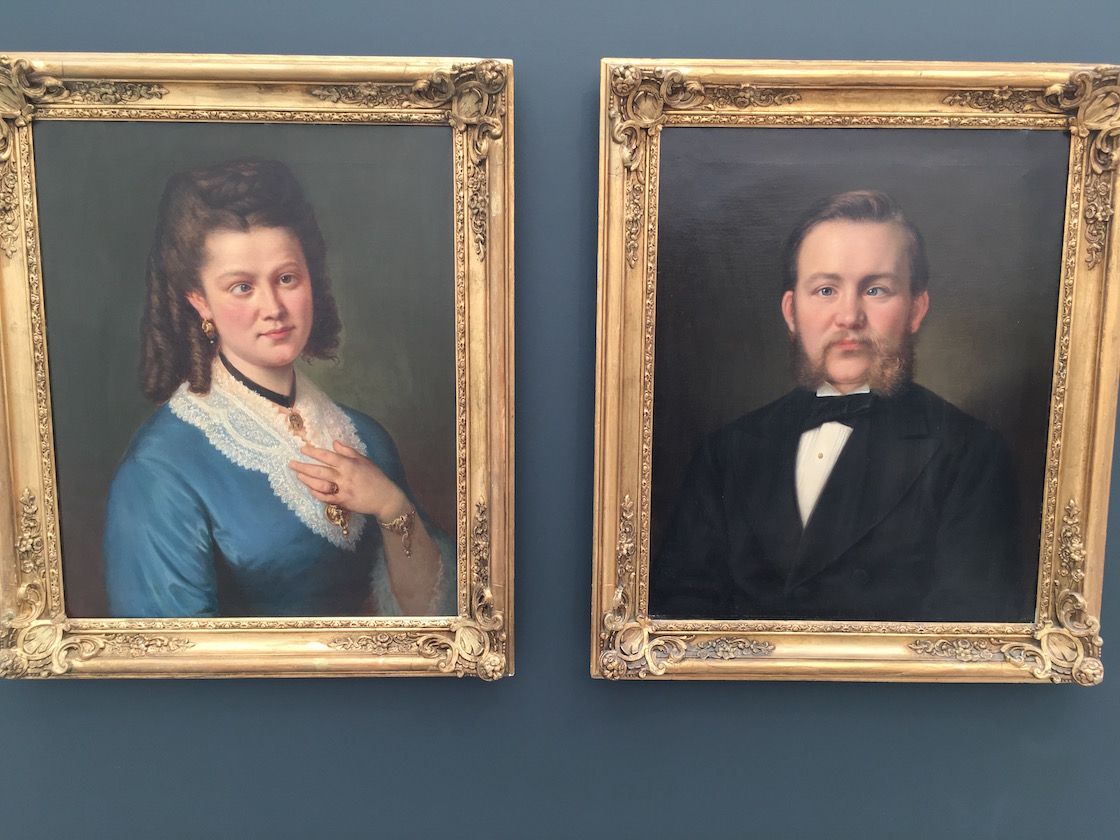There aren’t many wine regions in Italy that exemplify the changing tastes and trends of the market better than Chianti Classico. Despite the Florentine and Sienese castelli, the crests and the proudly Tuscan cooking, these hills have produced some of Italy’s more market-driven and consumer-friendly fine wines.
While Bolgheri has been loyal to the Bordeaux blend, and Montalcino has gone all-in on Sangiovese, Chianti Classico has found itself gravitationally pulled in both directions, unsure which neighbour’s success to emulate, or whether to follow its own, more nuanced, path.
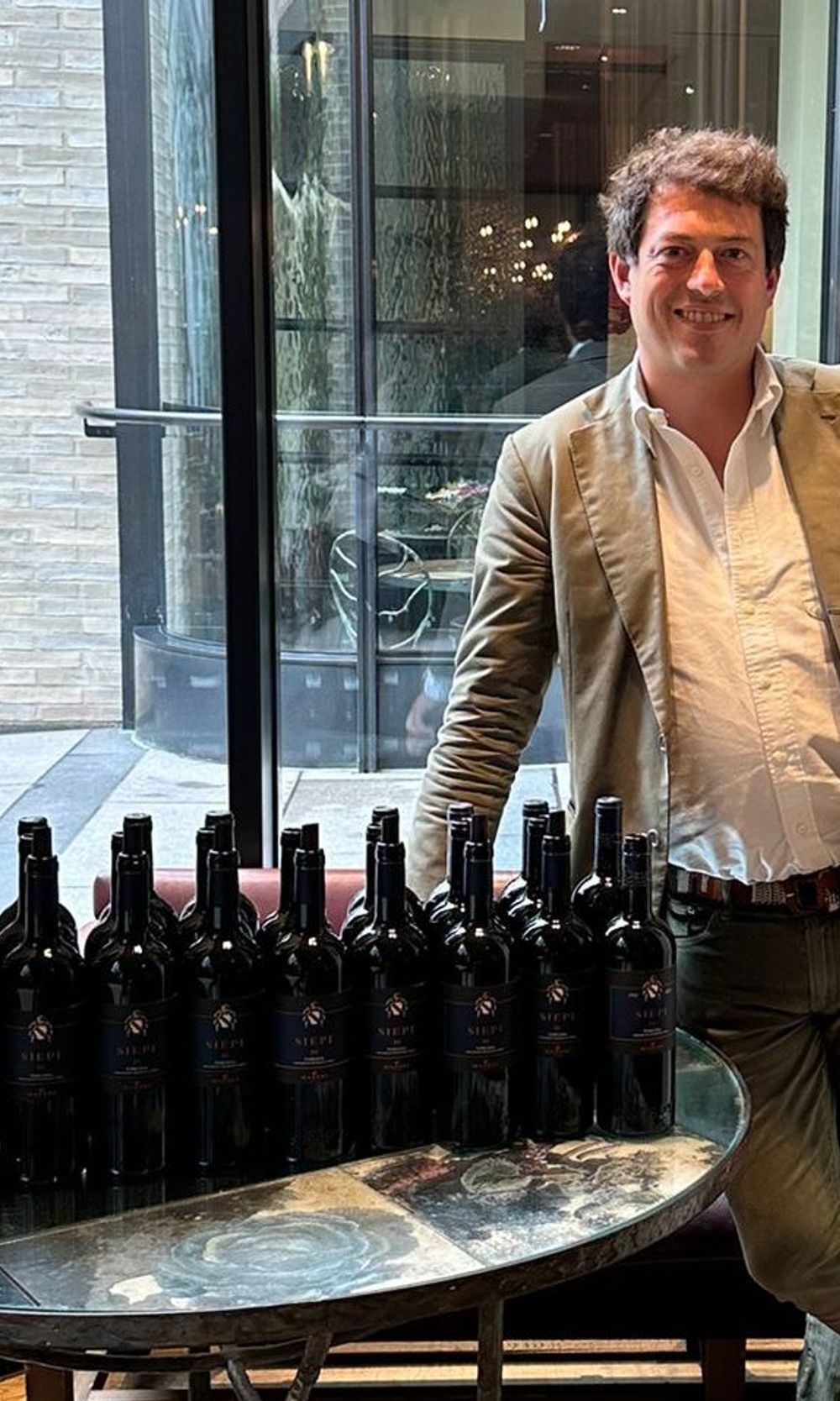
Giovanni Mazzei presenting the vertical of Siepi, London
The trend in recent decades has undoubtedly been towards Sangiovese, enabled by the increasing clonal quality of native varieties in Italy, and it shows no sign of slowing down. As interest in Bordeaux has faded among younger drinkers, varieties like Cabernet Sauvignon and Merlot have been talked down in the Chianti Classico hills by a generation of producers more interested in talking about Sangiovese.
For many observers, it’s obvious what should happen next: growers should ditch the internationals and focus exclusively on Sangiovese, alongside small amounts of Canaiolo, Colorino and other native or historical blending partners. But, as H.L. Mencken wrote in 1920: “For every complex problem, there is a solution that is simple, neat and wrong.”
The truth about Merlot
The truth is that Merlot can make exceptional wines in the hills of Chianti Classico. Firm traditionalists might regret that it was ever allowed to, but few wines demonstrate its outright quality better than Castello di Fonterutoli’s Siepi, a 50/50 Sangiovese/Merlot blend first produced in 1992 by the Mazzei family of Castellina.
At a recent tasting at Petersham Nurseries in Covent Garden, hosted by Giovanni Mazzei, it seemed undeniable by even the staunchest nativist that Merlot works here, and not just that: it works with Sangiovese as an equal partner and, in certain vintages, can be nothing short of outstanding.
Siepi was conceived at the dinner table, appropriately enough in a region where food remains central – although mindful to the poverty of the past, with its unsalted bread, thrifty cured hams and bulky ribollita.
As Giovanni Mazzei tells it:
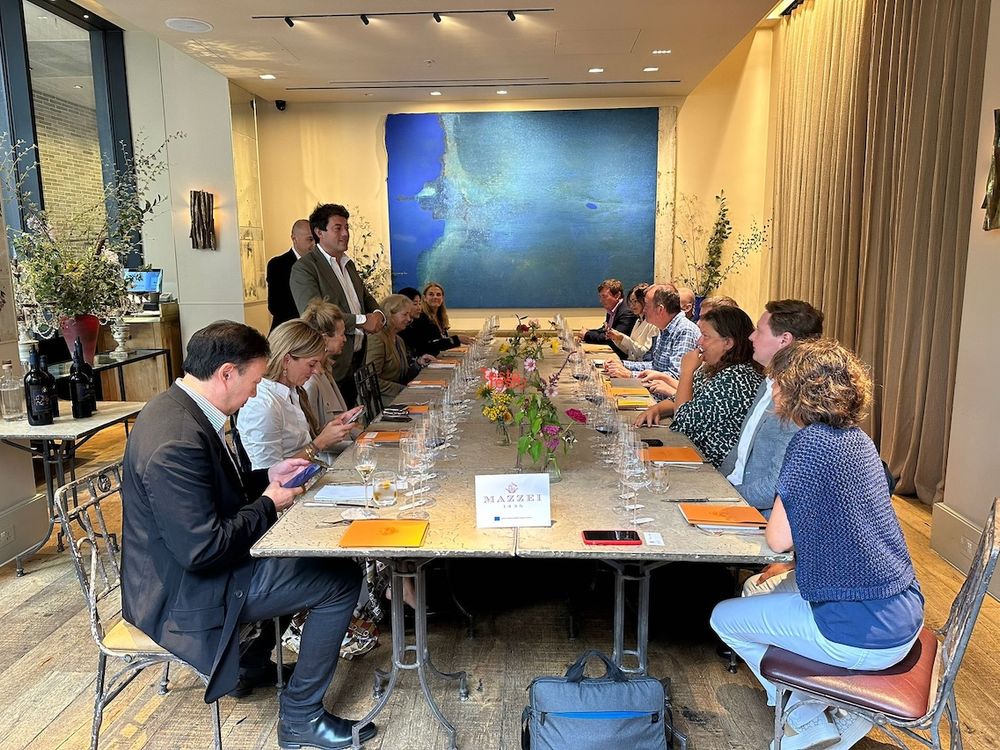
"The French nurseries could supply great quality selections of French varieties at a time when many Italian nurseries were selling poor clones of Sangiovese.”
“In 1985 we had a bitter winter which killed off many trees, and we had the opportunity to replant part of the vineyard that would become Siepi, which was originally 1.5 hectares of Sangiovese. At the time, Sangiovese, of course, was expanding its culture in the '80s, leading up to the revolution of the late ‘90s, and, of course, there was a desire to plant something high quality. So, we definitely could have planted more Sangiovese.”
“But the desire to experiment was strong and the French nurseries were able to supply great quality selections [of French varieties] at a time when many Italian nurseries were selling poor clones of Sangiovese.”

"The location was ideal for Merlot thanks to the combination of blue clay and calcareous alberese."
“We bought a selection of Merlot and we made a decision to plant a certain biotype. After a few years, the grapes coming out were demonstrating that the location was ideal for Merlot thanks to the combination of blue clay and calcareous alberese, which gives the wine a lot of blueberries and blackberries and makes it very fruit-driven and dynamic.”
“Then the negotiation started in the family over many dinners, and some lunches. What's the plan? Only Merlot? Or Merlot and Sangiovese? The younger part of the family wanted it to be all Merlot, while my grandfather insisted we keep a good percentage of Sangiovese. As is often the case, truth sits in the middle, so they decided to go for 50-50. It was a good decision.”
Far from being a typical blockbuster, Siepi is an elusive wine, speaking in one vintage more with the international accent of Merlot, in another with the territorial dialect of Sangiovese. But the greatest vintages, such as 2019, are the ones where both voices harmonise, and the wine shifts in the glass, complex and resisting simplistic judgements and varietal clichés.
In Italy, winemakers often speak of making ‘important’ wines, a bit of non-colloquial English that is hard to interpret. Siepi is an important wine, in that it reminds us that there are two sides to every story, including that of international varieties in Tuscany.
Tasting Siepi from 2007-2022
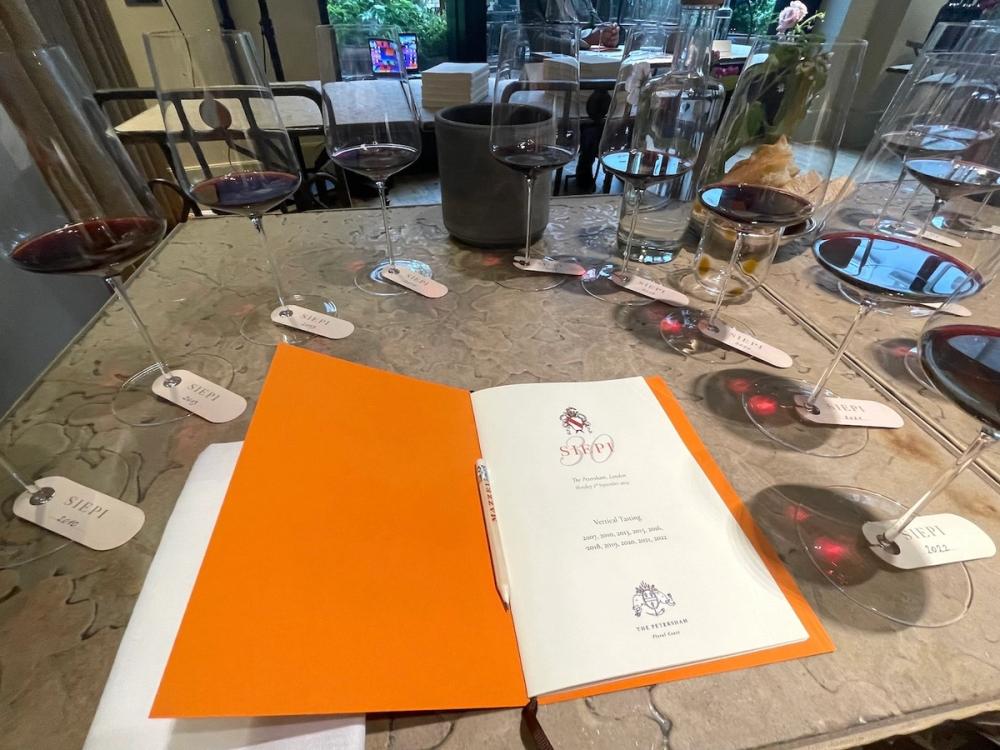
First made in 1992, today this IGT Toscana is produced from 14 hectares of vineyard, owned by the family since 1435 and managed separately from the main Fonterutoli estate. The vines are orientated south/south-west at 240-330m above sea level and surrounded by Chianti Classico’s dense woods which give an unique microclimate. Grapes are hand-harvested, fermented in steel and aged for 18 months in wood, mostly French and mostly new. In fact, the percentage of new oak has increased in recent years, in line with the age of the vines and the stringency of the fruit selection. Since 2013, Sangiovese has been aged in 500l tonneaux. Note that no Siepi 2014 or 2009 was made, as both were difficult years, and 2008 and 2011 were not shown.
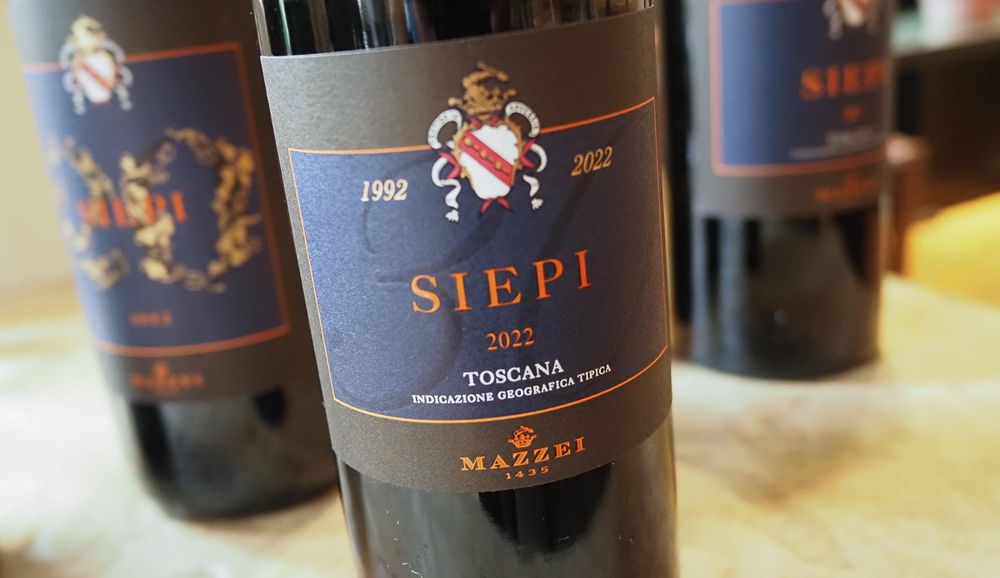
Siepi 2022, IGT Toscana
Fruity and vibrant with lots of polished, juicy black cherry and succulent blackberry supported by fine tannins and good acidity. There’s a little heat on the finish, an honest marker of this hot vintage, but the fruit concentration is there. On the whole, this generous and bold Siepi is much fresher than might be expected, and should settle well in bottle.
Siepi 2021, IGT Toscana
The Siepi from this highly-regarded vintage is currently dark and brooding, slumbering in the glass, reluctantly offering up saturated, smoky black fruits and hints of charcoal, dark chocolate, mint and tree bark, intense flavours that release slowly, caged within a dense tannic structure that will need time yet before offering up their rewards. Long and intense, this is a wine that should see out three decades of ageing, but it is currently hard to read.
Siepi 2020, IGT Toscana
Giovanni Mazzei describes this Covid-era vintage as ‘the year I got my degree in barbecues.’ Initially spicy on the nose with some bran and cumin notes, this is rich and full on the palate with ample, fleshy blackberry and blueberry fruit, velvetty tannins, leaning strongly towards the Merlot, but with good acidity from the Sangiovese keeping the solar fruit in check and well-absorbed, savoury oak.
Siepi 2019, IGT Toscana
This vintage continues to dazzle in bottle. The 2019 Siepi has a truly seductive nose, sashaying elegantly between Merlot at its most sumptuous and plush, and Sangiovese at its most lithe and perfumed. Cherry, rose and wild strawberry mark the nose, while the palate shows an exquisitely balanced structure and a remarkable silkiness that is quite special. Wonderfully perfumed on the finish with crystalline fruit and open perfume, this is a fabulous duet of Merlot and Sangiovese, the most perfectly harmonious wine of the tasting. Quite beautiful, this wine simply becomes more and more seductive as it sits in the glass.
Siepi 2018, IGT Toscana
A sleek, juicy black cherry nose which conveys the freshness of this charming vintage. Sewn together by its tangy acidity, this is delicate and fresh through to the finish with good length and perfumes of fresh red cherry in a more Sangiovese-leaning style. It is likely to be an earlier maturing vintage, but there’s real vigour and liveliness to the fruit here.
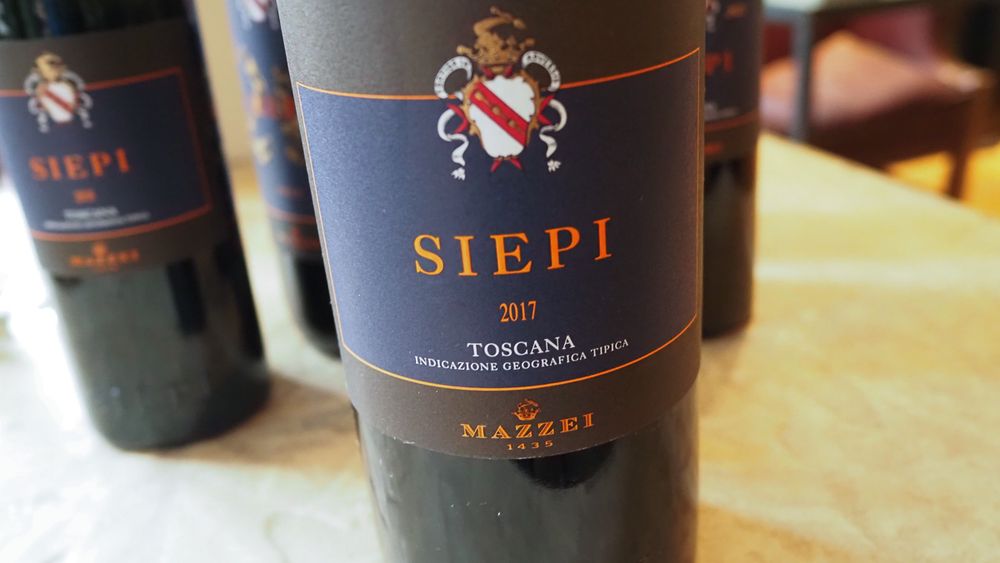
Siepi 2017, IGT Toscana
This hot, dry vintage from the warmer Castellina subzone it certainly results in a wine of powerful structure with some toasted wood and bran notes on top of a dark fruit profile of dried black cherry and cooked black berry fruit. There’s length here, but less freshness and this is a touch drying at the end, showing its oak. It’s impressive for the vintage, but a little dominated by it.
Siepi 2016, IGT Toscana
Savoury-spicy on the nose with oaky nuances, hints of cumin and introverted fruit. This gives a lower acid impression, with its richly ripe blackberry notes and plush, potent tannins coating the palate. Brooding yet long, this is the polar opposite of 2015 and needs time. There’s a little extra flesh and heft compared to the 2010 — if we’re looking at the headline vintages of the decade — but it’s also a little more ready and pleasurable than the 2010 on the same day.
Siepi 2015, IGT Toscana
A surprising example of the union between Merlot and Sangiovese, this is a truly charming Siepi. It’s fresh and brisk, perhaps the most delicate of the vintages on show, almost crisp with immediate, charming red fruit as opposed to the black fruit that’s more typical of this wine. It happens to be Giovanni Mazzei’s favourite vintage, and, or perhaps becuase, it was the year his son was born. ‘Often we look for complexity but sometimes we forget how simplicity is a sign of sophistication. 2015 is very pure. You don’t have the aroma and the spices and the florals of the 2016. But you do have pleasure and drinkability,’ Mazzei observes.
Siepi 2013, IGT Toscana
A demanding, cool year that ultimately delivered healthy grapes and lower-than-usual alcohols, this was the first vintage where the Sangiovese was matured in tonneaux as opposed to barriques. ‘Barrels are very important with Sangiovese,’ Mazzei remarks. ‘We've grown a lot in the last 15 years in our barrel selection now. It's been a long process, a very long process.’ Suddenly the Sangiovese is there on the nose, all sour cherry and wild strawberry and maquis. Dried figs, anchovies, liquorice and beef stock come through on the palate, with pleasingly marked acids and a cool finish. A lovely solo from the Sangiovese but the Merlot is slightly absent here. For some that’ll be a good thing, but I feel that in Siepi it isn’t.
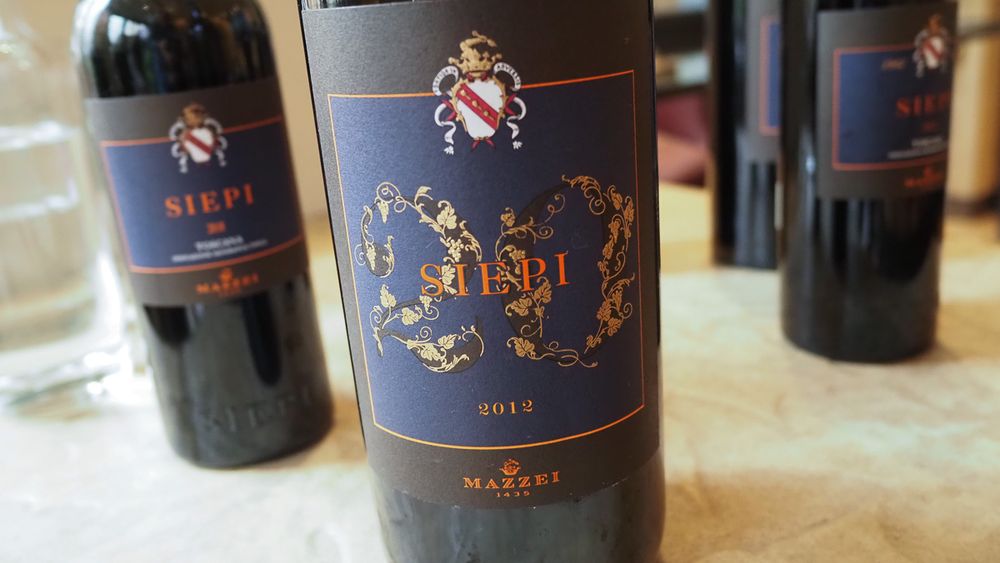
Siepi 2012, IGT Toscana
Broad, meaty and carnivorous with black cherry fruit, well-done beef and a hint of blood with a ripe red bell pepper character that is almost Bordelaise. So far, so Merlot, but then there’s a sanguine twist, a hint of blood, a little top-note of volatility that reminds you that Castellina Sangiovese isn’t so easy to bully. Complex, dialectical.
Siepi 2010, IGT Toscana
‘What do you think of 2010?’ Giovanni Mazzei asks the room, smiling. Silence. I remark that the 10s I’ve had don’t seem to have opened up much yet. Mazzei agrees. ‘I think they've been like that all the time. They're not getting loose. The question is, will it never get loose?’ I understand his impatience, but on the evidence of the wine, we owe Siepi in this vintage the benefit of the doubt. It is still intensely structured, stuffed full of tannins but more polished and harmonious than the 2007 previously.The blackberry fruit is a little fresher, the acids carrying the slightly sour twang of Sangiovese, the crisp raspberry fruit and perfume through the finish promising us that yes, it will, eventually be great. But not yet. It’s one to tuck away for another decade.
Siepi 2007, IGT Toscana
Bold and attractively evolved on the nose with dried blackberry and toast, beef stock, and cocoa powder, the aromas dominated by Merlot. Then there’s something rusty on the palate as the Sangiovese emerges, and the assertive tannins and acid here are distinctly native. At the finish the two varietal threads converge, with Cuban tobacco from the Merlot and the barriques combining with the dried fig and tomato puree of Castellina Sangiovese. A little wild, a little loose, but a Siepi where one can enjoyably read the dialogue between these two varieties in the glass.
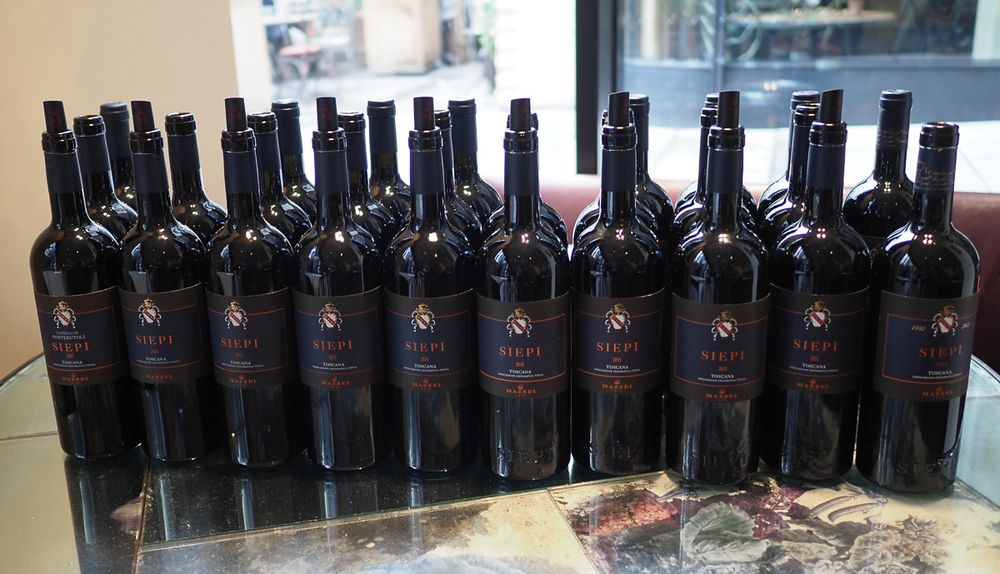
Jason Millar’s outstanding vintages of Siepi in order were 2019, 2016, 2021, 2022, 2020




